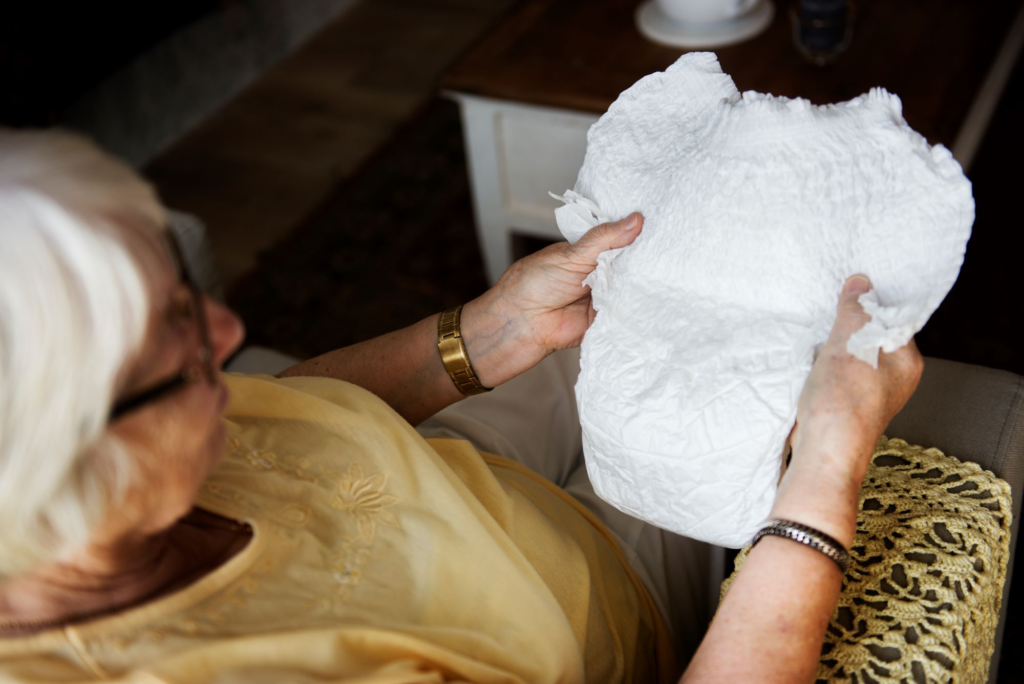If you work in aged care, or know someone who does, you’ll know that continence management is an important part of everyday life.

Urinary incontinence, bladder and bowel function, and faecal incontinence can have a huge impact on both the quality of life of residential aged care residents and the running of an aged care facility.
The National Ageing Research Institute (NARI) stresses the importance of continence assessment, as urinary tract infections and severe incontinence can occur with age.
The Continence Foundation of Australia (CFA) also works to raise awareness of the issue and provide support to aged care providers.
Having a continence management plan in place is essential for improving aged care quality and tailoring the care to each individual’s needs. A successful plan should include strategies for managing urinary and fecal incontinence.
In this blog post, we’ll outline the importance of continence management in aged care, the impact of incontinence on residents and staff, and the benefits of having a continence plan in place. We’ll also provide some tips on how to develop and implement a successful continence plan.
The importance of continence management in aged care
As the population ages, the number of people living with incontinence is increasing, as incontinence is a very common problem in the elderly population.
There are many reasons why continence management is so important in aged care.
Incontinence can have a very negative impact on a person’s quality of life, causing social isolation, depression and anxiety. It can also lead to skin problems, UTIs and other health issues.
Good continence management can help to improve a person’s quality of life and prevent many health problems. It is therefore essential that aged care staff are properly trained in continence management.
The impact of incontinence on aged care residents
The social and economic impact of incontinence on aged care residents is significant.
Urinary incontinence (UI) is the involuntary leakage of urine. It is a common problem, affecting up to 61% of residents in aged care facilities.
UI can have a profound impact on an individual’s quality of life, causing embarrassment, social isolation and depression. It can also lead to skin infections, pressure ulcers and an increased risk of falls.
The cost of managing incontinence in aged care is also high. A recent study estimated that the annual cost of UI in Australian residential aged care was $172 million. This includes the cost of continence products, nursing care and facility maintenance.
There are many reasons why residents in aged care may experience incontinence. These include age-related changes to the bladder and kidneys, certain medical conditions, and the side effects of medication.
Incontinence, although common, is not a normal part of ageing and it can be managed effectively with the right treatment and support.

The benefits of having a continence plan in place
There are many benefits to having a continence management plan in place for aged care.
One of the most important benefits is that it can help to improve the quality of life for residents.
A continence management plan can help to make sure that residents are able to maintain their dignity and independence, and it can also help to reduce the risk of falls and other accidents.
Another benefit of having a continence management plan in place is that it can help to reduce the costs associated with aged care.
A continence management plan can help to reduce the number of incontinence-related products that are needed, and it can also help to reduce the amount of time that staff need to spend on managing incontinence. This can free up resources that can be used for other aspects of care.
Finally, a continence management plan can help to improve the overall environment in an aged care facility.
A continence management plan can help to reduce odours, and it can also help to create a more comfortable and relaxed atmosphere for residents and staff alike.
How to develop a continence plan
There are a number of things that need to be considered when developing a continence plan for an aged care facility.
The first is to consider the needs of the residents. What are their goals? What are their current levels of continence? What medical conditions do they have that may impact their continence?
Once the needs of the residents have been assessed, the next step is to develop a plan that will meet those needs. The plan should be individualised to each resident and should be reviewed on a regular basis.
There are a number of products and services that can be used to help manage continence in an aged care facility. These include incontinence pads and products, continence education and training, and continence management programs.
The type of product or service that is used will depend on the needs of the residents. It is important to select products and services that are appropriate for the individual resident and that will meet their needs.
Continence management in an aged care facility requires a team approach. The team should include the facility manager, nurses, continence advisors, physiotherapists, and other health professionals.
The team should work together to develop and implement the continence plan. Each member of the team should be aware of the goals of the plan and should be able to contribute to its success.

Implementing a continence plan in aged care
There are a number of considerations to take into account when implementing a continence plan in aged care.
The first is to assess the individual needs of the person or persons concerned. This will help to determine what kind of support and resources are required.
There are a number of products and services available to assist with continence management, so it is important to find one that best suits the needs of the individual.
Once the assessment has been completed, the next step is to develop a plan of care. This should be done in consultation with the person or persons concerned, as well as their families and carers.
The plan should be designed to meet the individual needs of the person, and should be reviewed on a regular basis.
It is important to remember that continence management is an ongoing process, and that there may be times when the plan needs to be adjusted. If there are any changes in the person’s condition or circumstances, the plan should be reviewed and updated accordingly.
Continence management is an important part of providing care to aged care residents.
Incontinence can have a significant impact on a resident’s quality of life, and having a continence plan in place can help to reduce the negative consequences of incontinence.
When developing a continence plan, it is important to consider the individual needs of the resident and the resources available.
Implementation of a continence plan requires cooperation between the staff and the resident, and should be tailored to meet the individual needs of the resident.









